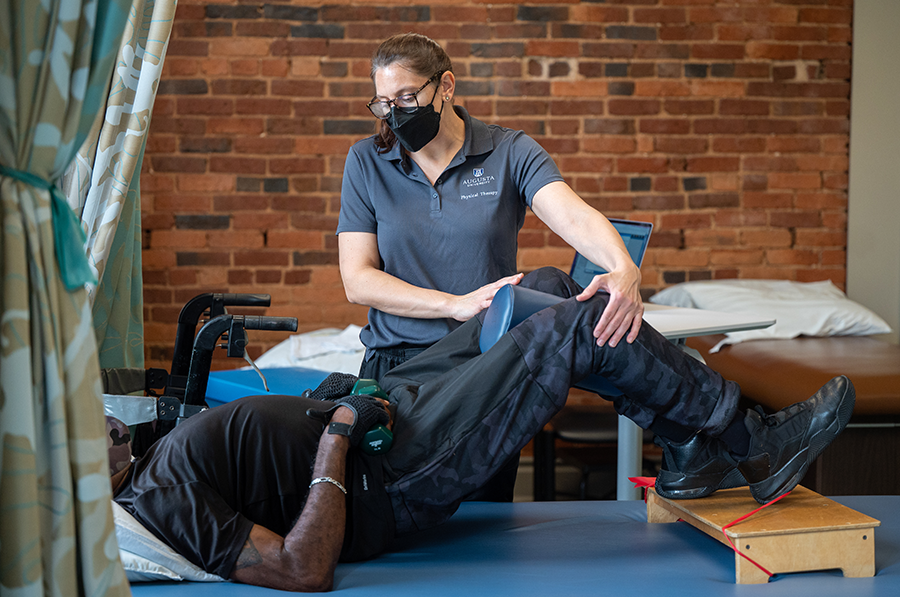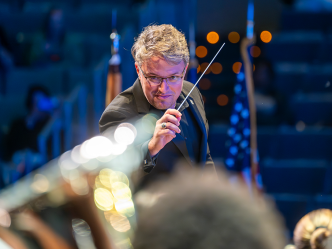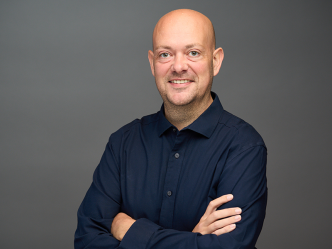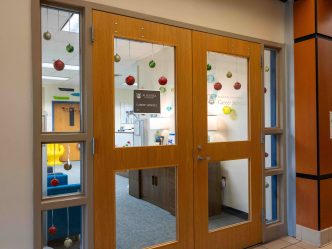When it comes to perks, job seekers tend to look at benefits including paid time off, professional development opportunities, bonuses and matching retirement.
Rarely does someone go into a job search saying, “I am only interested in a job where I can work for free on the side.”
But that selfless desire to help the public is what drew Audrey Johnson, PhD, to Augusta University.
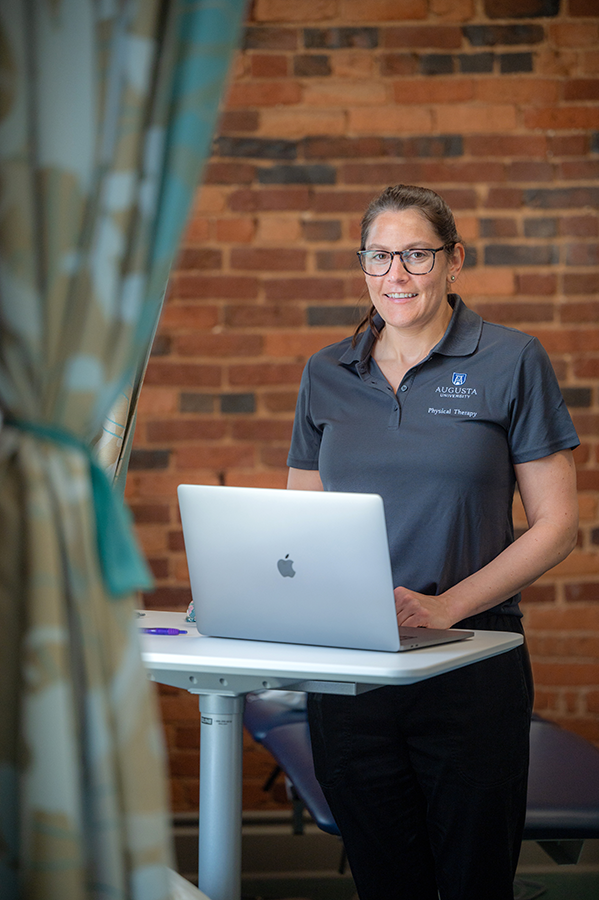
“I was only interested in a job where I could continue to do pro bono clinics,” said Johnson, an assistant professor in the Doctorate of Physical Therapy program in the College of Allied Health Sciences.
Johnson has been with Augusta University for just over a year and has quickly immersed herself in the communities surrounding the Health Sciences Campus by volunteering at Christ Community Health Services to offer pro bono physical therapy clinics.
“Dr. Johnson has a passion for serving the underserved and uninsured members of our community,” said Colleen Hergott, DPT, chair of the Department of Physical Therapy.
“She goes above and beyond to ensure that the pro bono clinic runs smoothly and that every patient is provided with the best possible care. She has taken the initiative to improve services and communication, schedule patients, connect with the providers and coordinate provider and student schedules.”
“Dr. Johnson’s commitment to the pro bono clinic is changing patients’ lives and impacting our PT students who have the opportunity to participate in the care of this underserved population.”
Colleen Hergott, DPT
While Johnson is not the only faculty member who volunteers at CCHS, she has taken on an expanded role outside of her licensed physical therapist skills. She not only schedules faculty volunteers and students, but also works to ensure the crossroads of meeting the needs of patients and students intersects in a way that benefits all.
“I’ve been volunteering in pro bono physical therapy clinics for a long time, so that helped determine where I wanted to go for my job,” said Johnson.
“It has worked out perfectly that AU has the physical therapy program and that service to our community is so important here. This patient population has its challenges because they have a lot of social determinants of health that create barriers to access for them, but I saw that as an opportunity to get involved and try to see how we can improve the care that we deliver there.”
The patients aren’t the only ones benefitting from Johnson’s volunteer mindset. Through a multi-layered, mutually beneficial approach, patients receive the care they need, Johnson fulfills her desire to help people and students gain the knowledge to succeed in the future.
“Working with Dr. Johnson at CCHS has taught me what it means to truly meet a patient where they are, and she demonstrates the values that she teaches in class,” said Kate LeFevre, a student in the DPT program.
“Her care and compassion for patients is evident through how she communicates with them and treats them. She has inspired me to treat patients with the utmost care and to see them as people rather than patients, who deserve to be treated as such no matter their situation, language preference or diagnosis.”
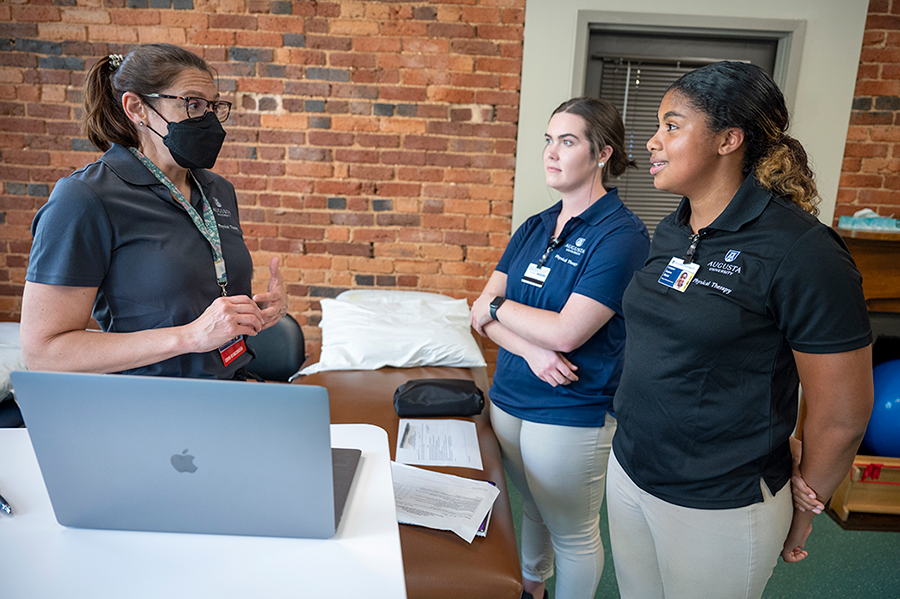
According to Johnson, the center’s patients have embraced the student volunteers and are always willing to help them learn.
“The patients like helping and being a part of the teaching and learning for students, and then they’re so grateful for the care they receive. The students really enjoy being able to put their new skills and learning into practice, making it all real for them. This is part of our service and our professional service that we like to do. It’s one of the most rewarding parts of what I do.”
Johnson’s love for volunteer work was instilled in her early by her parents, to give back and share with others who are less fortunate.
“Being brought up that way, I think it really drove me to want to continue doing volunteer work, and so I have always sought those opportunities out.”
That includes when she was a student at the University of Kentucky, where she earned four degrees, including her Doctor of Physical Therapy and PhD in rehabilitation science.
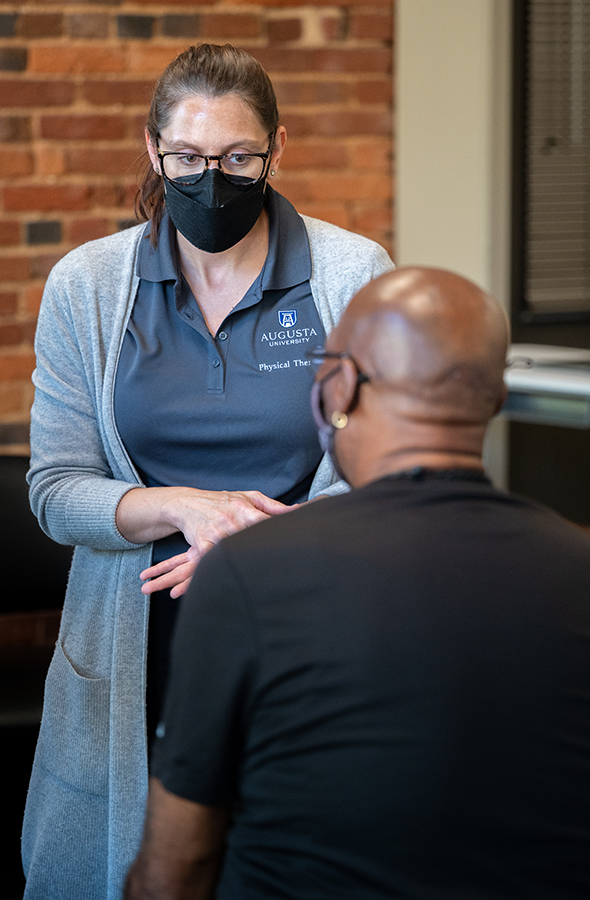
While a student, she was a volunteer at the Salvation Army Medical Clinic in Lexington, Kentucky. Later, she served as a Samaritan’s Touch student-led pro bono clinic volunteer faculty from 2012-18 during her PhD training and time as a lecturer.
Once she became a licensed PT, she began regularly volunteering internationally with the University of Kentucky Shoulder to Shoulder Global organization at its health clinic and other surrounding rural areas in Santo Domingo, Ecuador. She served as volunteer faculty from 2010-15, then continued to travel as a University of Kentucky faculty member and during her postdoctoral training, including virtual health brigades during the pandemic. This past August was her first volunteer PT experience in Ecuador since the COVID-19 pandemic and she welcomes the opportunity to open this experience to Augusta University students in the future.
One of the biggest hurdles to overcome, regardless of the area of health care, can be a language barrier. Johnson began studying Spanish in high school, and has continued to learn over the years using online applications. While she’s not quite fluent, she has a basic grasp of the language, especially for her physical therapy terms. But she still sees a huge benefit to AU also hosting Clínica Latina.
“We have a good number of Spanish-speaking clients. I speak basic Spanish, but very few people in our department speak Spanish other than a couple of our students, but I have learned that Clínica Latina has a way where they can use an app through Google to text with their clients. We are always working to figure out ways for us to better communicate with all of our clients,” Johnson said. “We want to connect with them and we want them to be able to and feel comfortable coming to appointments, and we want them to get the help and services they need.”
She said her gratification from working and volunteering is multi-layered, including helping patients who normally aren’t as heard as they should be, leading students down the path to becoming a PT and instilling in them the need to help the community.
“I think the most gratifying thing is the patients really felt seen and understood after meeting us. When there are multiple people helping them, and everybody’s focused on them, I think they really feel like their health problems are validated and they really feel cared for. And then for the students to be able to practice both caring for the injury and the patient, it’s great to see how much they enjoy that and how much they value being able to put service into practice.”
 Augusta University
Augusta University
